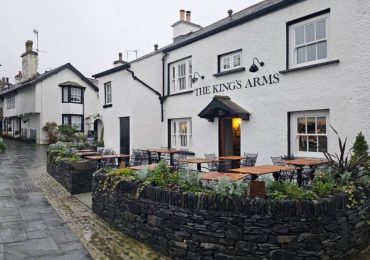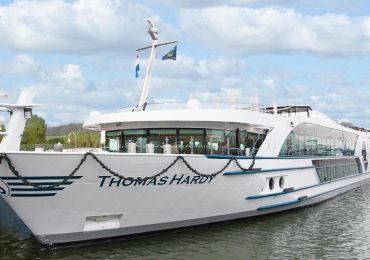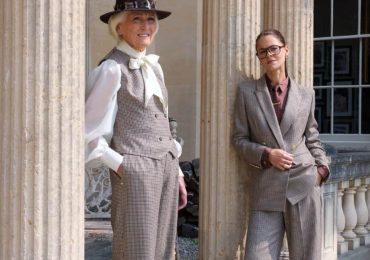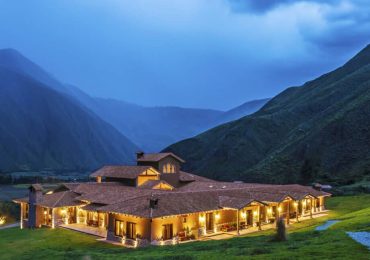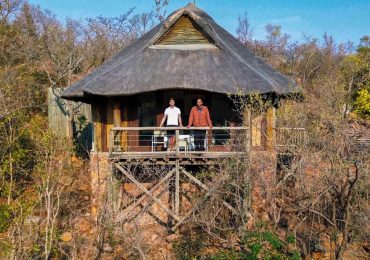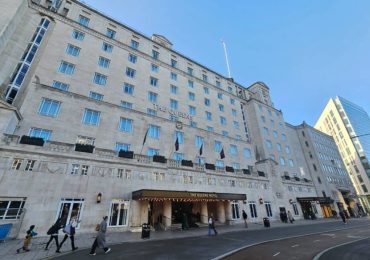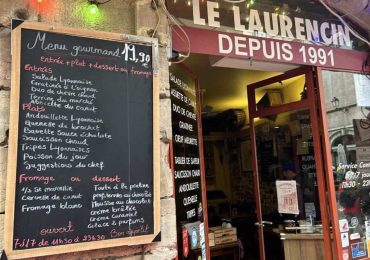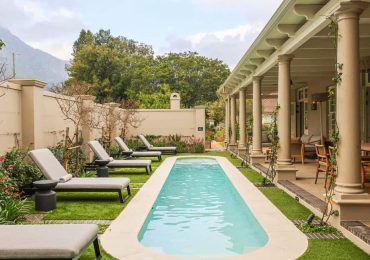“Cayos”, was the word exploring Spanish navigators used to name the archipelago of little islands that drifted south west towards the Caribbean. Over time, cayos has become adapted and Americanised to the Keys.

Route 1 brings cars from Miami. The skeleton of Flagler’s epic rail route, destroyed by the 1935 Labour Day hurricane, scans islands and sea. Or visitors can fly into Key West’s airport.
Finally, at the USA’s most Southernmost point, Cuba, a mere 90 miles away, is closer than Miami. Cockerels strutting Key West’s pavements, released as a protest by their Cuban owners when cock-fights were banned, highlight Cuban heritage.
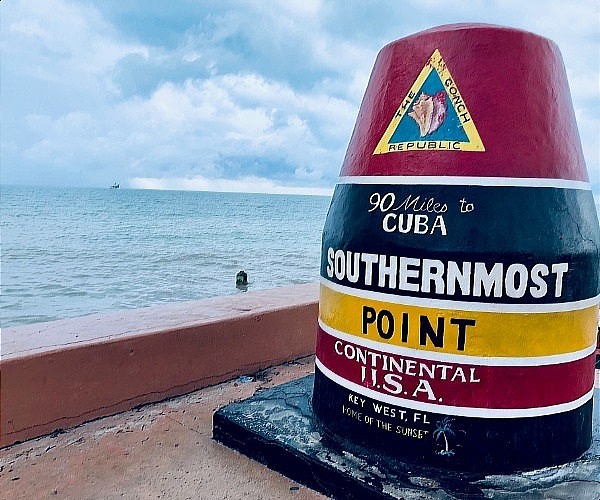
Not only is Key West different because it is the only US city never to experience frost, the city has a wacky left-field feel. After heavy-handed policing harmed the tourist trade, back in 1982, the Conch Republic declared independence and war on the USA. State officials were pelted with stale bread rolls.
Too quirky to be Stars and Stripes Florida and too far north to be true Caribbean, Conch folk like to compromise with the Floribbean tag.
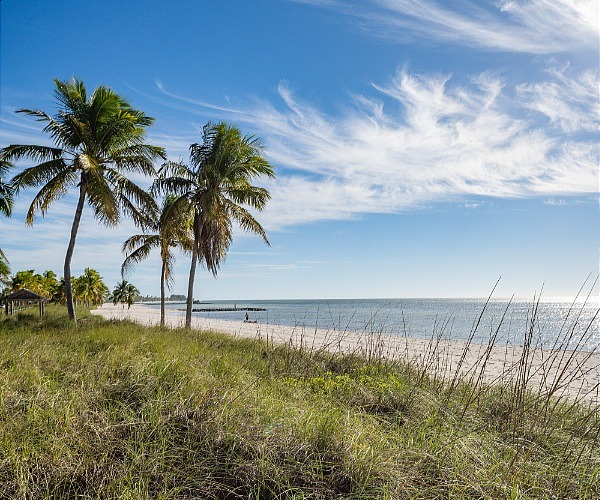
Visitors have to chose how they will explore a Key with a relaxed yesteryear aura: bike ride, foodie tour, rum tasting, a catamaran at sea or the perennial favourite of …
1. The Conch Train
Taking the Conch Train, rolling the city’s streets since 1958, is a great introduction to low-rise Key West. Commentary by a local driver not only helps visitors get to know the city’s orientation they get a potted Key West history too.
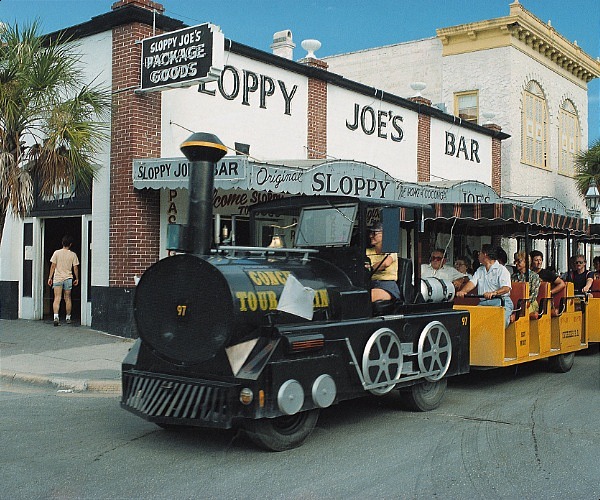
Passing by high rooms in coastal houses partly explains Key West’s wealth. Ship wreckers looked out from on high for vessels that had run aground. Then it was a race to the wreck as the first one there could claim 50% of the salvage value. Shipowners took 25% whilst the city profited from the remaining 25%.
2. Ernest Hemingway’s house
A delay on the delivery of a Ford car to Ernest Hemingway changed Key West’s history forever. Whilst waiting for the car, the writer and second wife Pauline fell in love with Key West.
A visit to Hemingway’s house reveals Hemingway’s most productive years as a novelist. Then, covering the Second World War in Europe, Hemingway met Martha Gelhorn. Eventually she become his third wife.
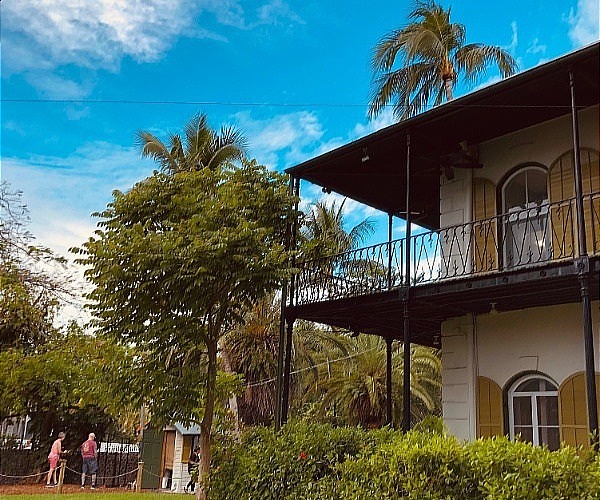
In protest at the affair, Pauline tore down Hemingway’s boxing ring, and spent $20,000 of his money on a pool. After Hemingway threw a cent at her, shouting that she might as well take “his last penny”, she set the red cent coin in to the pool’s surrounds.
Poolside is a favourite sunbathing spot for the descendants of Hemingway’s original six-toed cat.
3. Duval Street
Many a Key West visitor searches for the spirit and spirits of Hemingway amongst the many bars, sometimes three storeys high, along Duval Street.
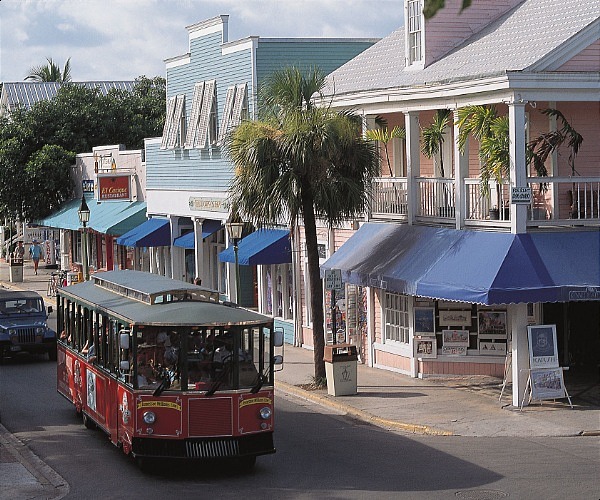
Writing 700 words in the morning, fishing for marlin in the afternoon, Hemingway drank on Duval Street in the evening. Following the beam of the lighthouse, next to his house, to find his way home.
Tennessee Williams added another layer of literary history when he stayed on Duval Street to work on A Street Car Named Desire.
4. At sea
Often the best way to see the Keys is not on the Keys but from the sea: paddling a canoe through the marshes, viewing marine life from a glass-bottom boat or sailing aquamarine seas on a catamaran. Snorkelling in shallow warm waters is an easy way to view shoals of colourful tropical fish around the Florida Keys Reef.
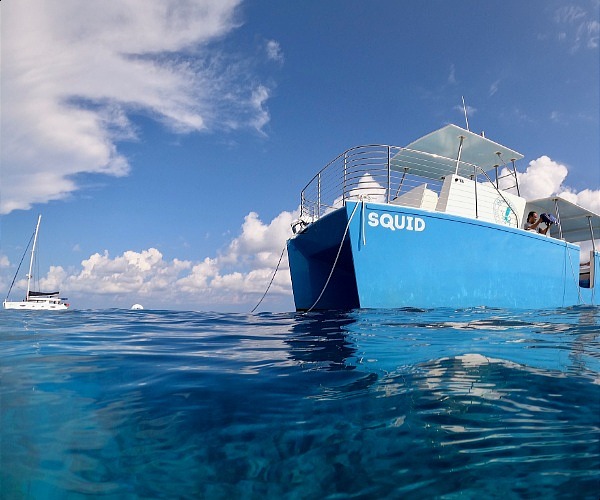
Deep-sea fishing, following in the wake of Hemingway’s The Old Man and The Sea, is another classic Key West challenge. Winning both the Pulitzer Prize and the Nobel Prize for Literature, Hemingway in his last major novel wrote of Santiago, a fisherman who goes 84 days without catching a marlin. It is a poignant story that foreshadows Hemingway’s own decline.
5. Architecture
Key West has its only distinct clapperboard architecture: hints of New England, echoes of the Bahamas. Wrap-around porches are ideal for rocking chairs and sipping mint juleps. Light pastel tropical design and classic colonial architecture pleasingly coalesce in Key West.
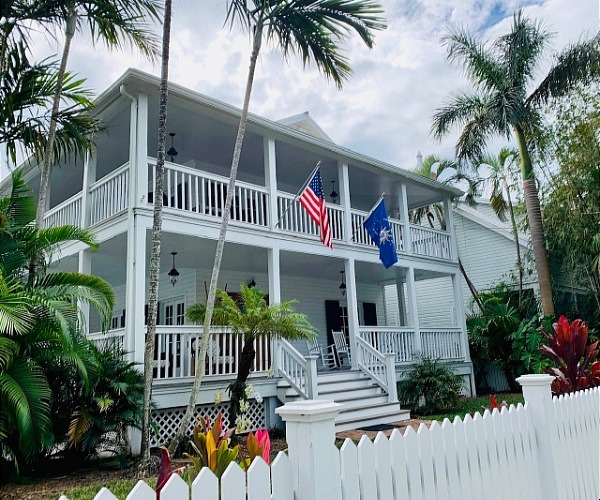
Eyebrow houses are part of the Classical Revival style whose awnings hide top floor windows, like eyebrows they protect rooms from the heat and deepen shade on the porch.
IMPORTANT NOTICE:
If you are reading this article anywhere other than on A Luxury Travel Blog, then the chances are that this content has been stolen without permission.
Please make a note of the web address above and contact A Luxury Travel Blog to advise them of this issue.
Thank you for your help in combatting content theft.
6. The Little White House
Serving as the USA’s President from 1945 to 1953, Key West became Harry Truman’s escape from Washington. His doctors recommended a warmer climate, a morning shot of Bourbon “to start his heart” and a two mile walk.
A tour of the house reveals Truman’s relaxed wardrobe of Hawaiian shirts, a break from his usual formal sartorial elegance as a former haberdasher. A tape recording also reveals that Truman was an accomplished pianist.
7. Sunset
Almost everybody, including some of the street performers and a few of the souvenir peddlers, pauses for the sunset in Key West, as a blood-red sun fades to shades of orange along the horizon.
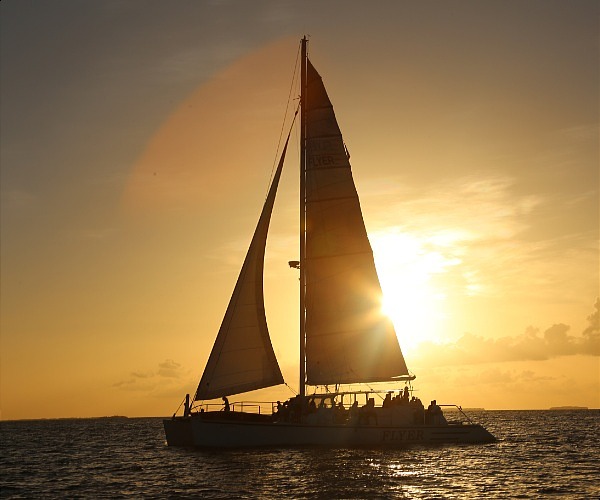
It is a quasi-spiritual moment, sometimes to a soundtrack of steel drums and almost always to clinking cocktail ice.
As darkness falls and fried-seafood aromas drift on the warm air, it is time to head for dinner, followed almost inevitably by silky, tangy Key Lime Pie.
8. Heart and soul
Maybe it’s distance from mainstream USA, perhaps it is the proximity to the Caribbean. Possibly it is being surrounded by Flipper territory. Somehow Key West has clung on to its heart and soul, building a reputation as a relaxed haven where laid-back folks sip their Cuban coffee, iced tea or margarita.
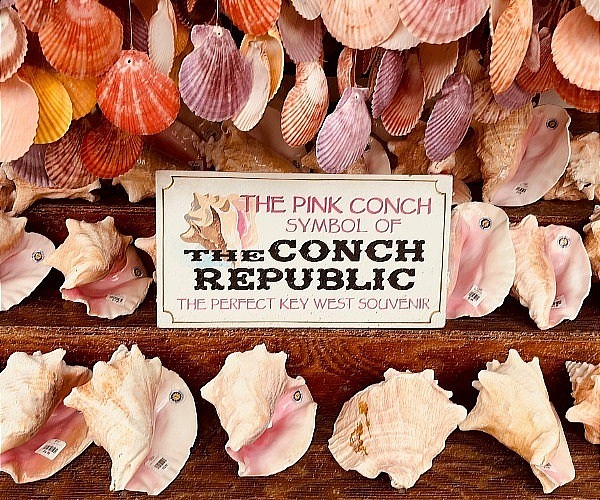
Disclosure: Our visit to Key West attractions was sponsored by The Florida Keys and Key West.
